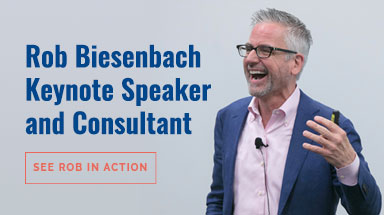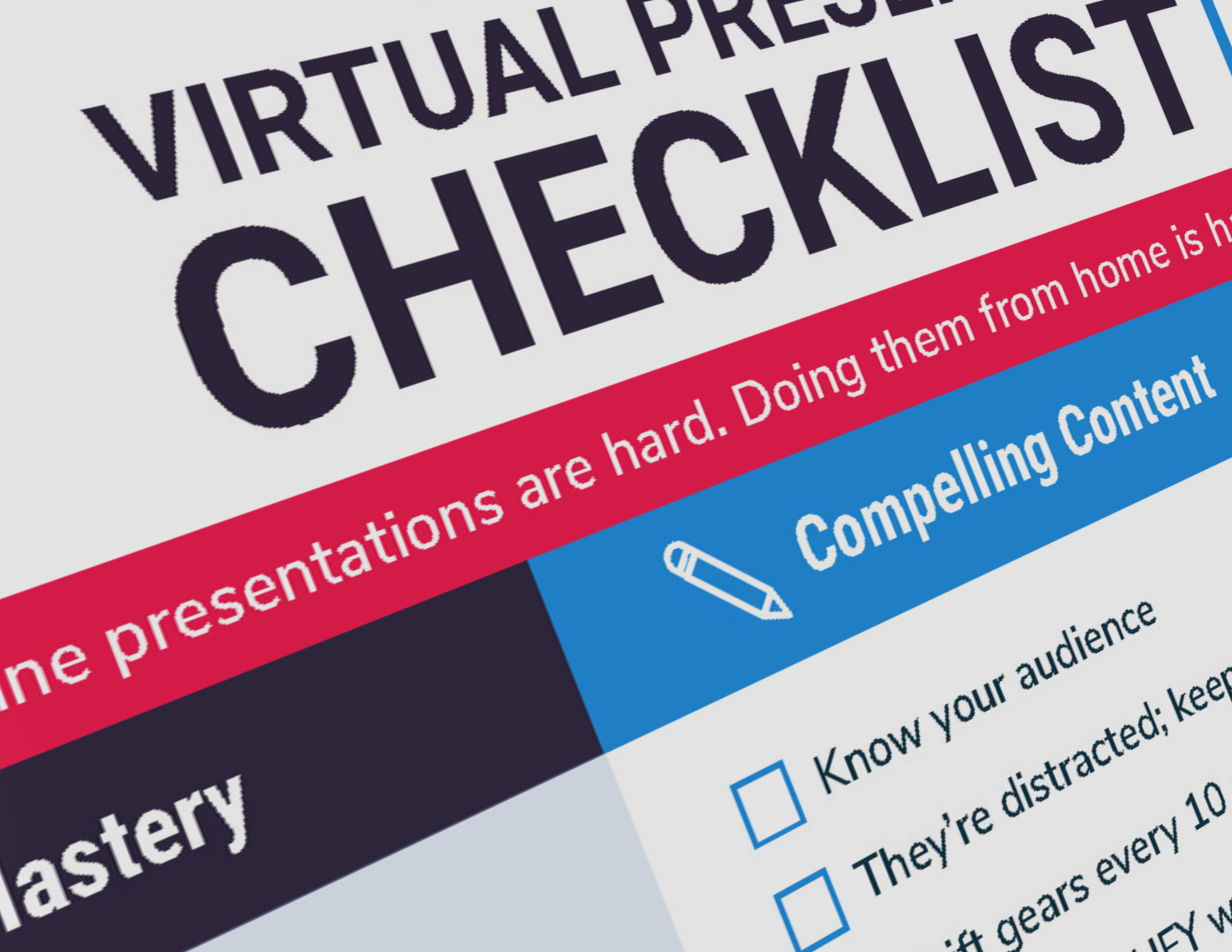 When adults used to ask my tall-for-his-age son where he went to school, his answer would perplex them.
When adults used to ask my tall-for-his-age son where he went to school, his answer would perplex them.
“I go to B4,” he’d say.
They’d look at me quizzically, probably wondering, “Before? “Before what?” I’d explain that B4 was his room number at pre-school.
Now to him, that was a perfectly logical answer. B4 was his universe, his 9-to-5, his everyday (except weekends) life. I suspect he felt these grownups weren’t too bright for failing to understand what B4 was.
We’re Bad at Describing Ourselves
So here’s the uncomfortable part where I compare the communication habits of grown adults to those of pre-schoolers. But the fact is, we’re often so immersed in our own worlds that we don’t do a good job explaining what we do for a living.
We rely on job titles, organization names, jargon and technical terms that may not carry any intrinsic meaning to people outside our circle. That can pose a roadblock when we’re trying to connect with others at networking events, conferences or social occasions.
A Tale of Two Sidneys
For example, let’s say Sidney is an accountant at Nike. That’s easy to understand. Everyone has an idea of what an accountant does and most of us have had a pair of Nikes in our closet at some point.
Now let’s meet another Sidney. She’s a logistics analyst at ACH Foods. If that’s what she tells people, she’s likely to get the same puzzled expression my son would get.
But by stepping outside herself (or with the help of a smart communicator) she might put it this way: “I work for a food manufacturer that makes popular products like Mazola Corn Oil and Argo Corn Starch. My job is to make sure the trucks run on time.”
Now the branding folks at ACH might appreciate it if she name-checked the company. And the good people at the Council of Supply Chain Management Professionals would argue that the job is more complex than that.
But Sidney understands that to be understood, she needs to simplify her message. And once she has people engaged, she can then get into the details.
How to Connect
There’s a saying that captures this issue perfectly: “Name the known, omit the obscure.”
I might revise that to “translate” the obscure, but the point is, by leading with the obscure you’re counting on your audience’s curiosity to extend the conversation.
For example:
- If you work for an organization few people have heard of, start with the known: “I work at a St. Louis-based engineering firm.” Then you can tell them the name if you want.
- If your job title is a head scratcher, tell people what you do, not what it’s called.
- If you went to a school that’s not well known, you might refer to it as “a small liberal arts college in New England” instead of “Sterling College.”
Geography plays a role, too. When I lived in Washington, DC I’d say I got my degree at UVA. Out here in the Midwest, I call it “University of Virginia.” If I was in London I might refer to it as “like Harvard, but with better parties!”
Adjust to the Audience
Ultimately it all comes down to your audience. Who are they, where are they, what do they know, what do they need to know? As you navigate the marketplace — or help your clients or leaders do so — start there and you can’t go wrong.
[Image licensed via iStock]
[A version of this post originally appeared in PRSA’s Strategies & Tactics]




